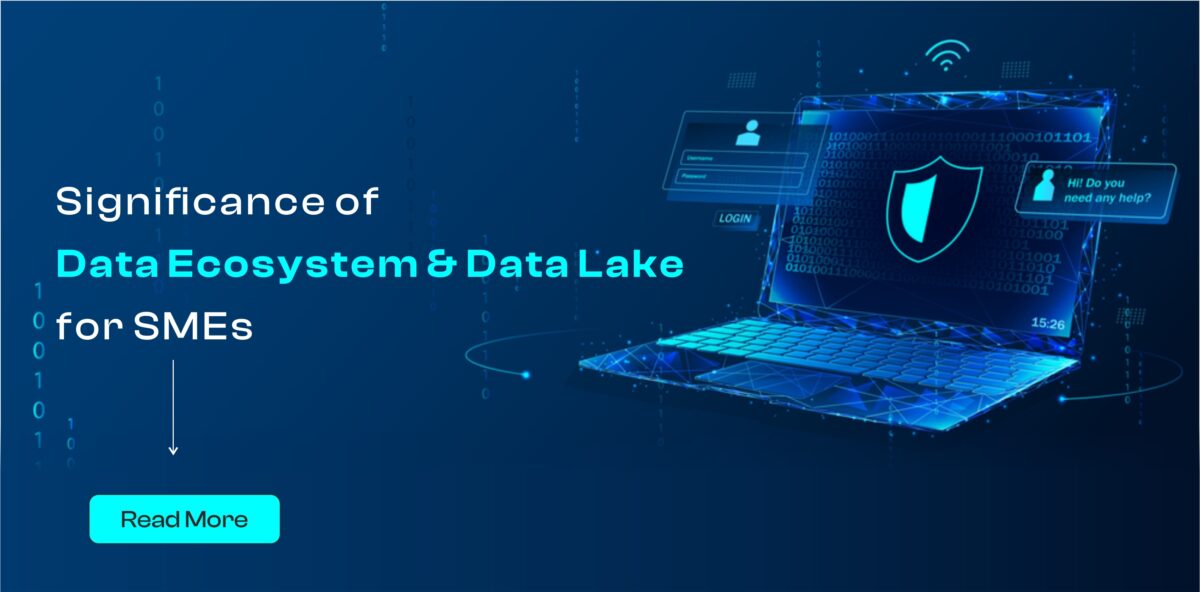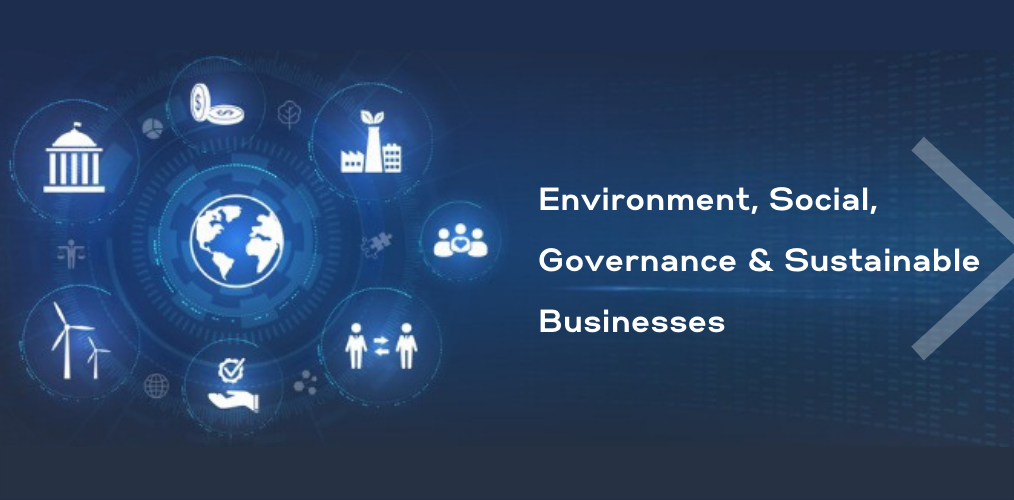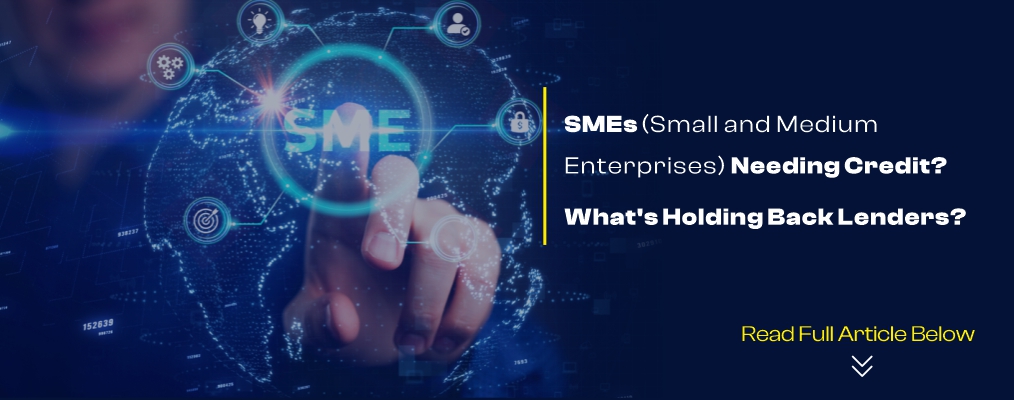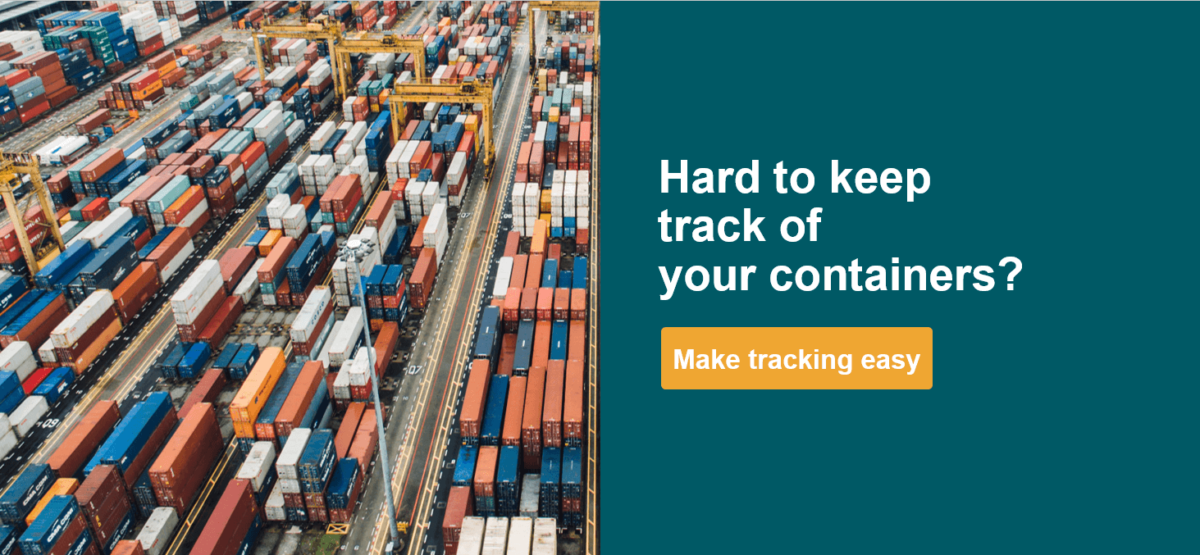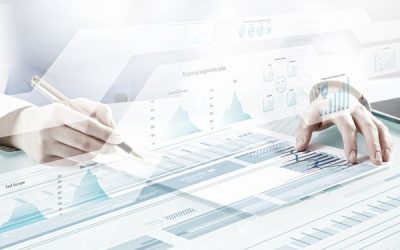Companies with large amounts of unstructured data turned to big data lakes, enabling large pools of structured and unstructured data stored in the cloud. In addition to enabling data scientists to process and analyze large volumes of unstructured information in real-time, data lake enables data to be dumped on-the-fly, without requiring any preprocessing steps.
A data lake provides a large staging area where data is processed. These data lake solutions can be structured or unstructured and can be accessed by systems regardless of any technology. This allows technologists to create views over the data and make informed decisions. They can also be accessible from any device. By creating these systems, companies can ensure that they never run out of storage space and are capable of keeping up with the growth of their business. And because of their high scalability, data lake and data ecosystem are a must-have for companies.
Data Privacy Act
A data privacy act protects your personal information. This includes your name, address, and contact information. It also includes any information you provide online. Many people are concerned about the collection and storage of their personal information. The act prohibits certain practices and sets out some of the rights of users. It is a great idea to read the law carefully.
Here are some of the most common practices that are protected under this law.
You Must Not Store More Personal Data Than You Need
The Act is designed to protect you from having your information used by unauthorized parties. If you do not store your data securely, you will risk having it misused. By storing your data only for as long as is necessary, you can minimize the risk of it being misused or irrelevant. It is also inefficient and unnecessary for the business to retain your personal information for longer than you need to.
You Must Explain How You Use Your Customers’ Data
Data privacy laws protect individuals from companies and governments that use their personal information. The Family Educational Rights and Privacy Act (FERPA) sets forth the rights of parents and eligible students when requesting their education records. The Gramm-Leach-Bliley Act is another example of a data privacy act. It requires financial companies to explain how they use customer data and allows customers to opt-out. While these laws are far from perfect, they are good starting points for ensuring that your personal information is protected.
Data at Rest
The term “data at rest” describes the information stored on computer storage. This can be in digital form or in analog forms, such as a paper document or spreadsheet. There are two types of data at rest, structured and unstructured. Both types can cause problems if they are not regularly backed up. The first type is referred to as “non-active data” and is the most common. Keeping data at risk can be a good idea for several reasons.
Data at rest refers to digital data that has not been moved between devices or network points. It is not a permanent state; it moves from one device to another when processing a request or when a user needs to access it. Examples of such data include hard drives in PCs and laptops, portable storage devices, and edge-point devices. In addition to being inactive, the data at rest state can be vulnerable to attack.
The apt way to protect this type of data is to keep it secure. By using encryption, your data is protected even if it is not in use. By following security guidelines, you can reduce your risk of data breach and ensure your business’s data is secure. Moreover, this type of data is more secure and difficult to steal. It can be in the form of documents, archives, or reference files that change regularly. And hackers are ever-present, so it’s important to protect your data at rest from them.
Data at Rest Vs Data in Flow
Often, people confuse data in flow and data at rest. However, there is actually a distinction between the two types of data. While both are potentially vulnerable to hacking, they have different purposes and processing requirements. In this article, we will examine the differences between the two types of information. We’ll also discuss the ways to secure these types of information. Let’s get started! What is the difference between ‘data at rest’ and ‘data in use’?
‘Data at rest’ refers to data that has not been actively transferred between devices. It could be on a hard drive, a flash drive, or archived. The aim of data protection at rest is to protect inactive or unreadable information. This type of information is usually less vulnerable than ‘data in flow,’ but the risk profile varies widely between the two. Listed below are some examples of the difference between the two types.
Data at rest refers to data that hasn’t been moved between systems or processed on the CPU. Unlike data in flow, it’s protected by several security measures. Companies use encryption, hierarchical password protection, and secure server rooms to protect the privacy and integrity of their data. They also implement strict data security protocols, such as multifactor authentication and hierarchical password protection. Some organizations use data federation as a way to prevent unwanted access.
Companies Catering Better to Their Customers with Data Lake Solutions
Big data lake solutions are ideally located near the data and fed from external data sources, such as APIs and batch processing. Another perk of this aspect is that it can handle ever-increasing amounts of data. This approach can help companies eliminate data silos and speed up big data analytics.
Companies that have a big data problem can benefit from a data lake. They can leverage big data analytics to make real-time decisions based on analytics. The data stored in these systems are constantly changing, and the users don’t have to worry about losing ongoing changes. A data lake turns out to be a single repository that allows consumers to read the same datasets in whatever manner they choose. That makes it extremely useful for companies looking to make decisions based on the latest data. Data lake allows for a 360-degree view of data, which makes it more useful for analysis and decision-making. Moreover, a well-engineered data lake can be scaled and managed fairly easily.
Data Lake Vs Data Warehouse
What is the difference when it comes to data lake vs data warehouse? The differences are in the structure and process of storing and analyzing large volumes of data. Both have their advantages and disadvantages.
- The first is that a data lake is more flexible and scalable, while a data warehouse is more rigid and can be difficult to scale and change. (Here we are assuming that data warehouses refer to significant amount of accumulated data at rest)
- Historic data warehouses primarily use structured data. On the contrary, data lakes comprise a wider span of data while also covering unstructured data.
- Data warehouse is more complicated, requiring developers and integrations across different technologies.
- Data lake solutions provide more cost-effective storage for huge amounts of data in comparison to the data warehouse.
- In contrast to data warehouses, which have very limited flexibility, data lakes can be used to process unstructured, unaltered, and hybrid data.
- The main difference while analyzing data lake vs data warehouse lies in the types of data stored within. A data lake contains unstructured data, such as texts and images, while a data warehouse stores structured data.
- A data warehouse can be difficult to understand or navigate. A data lake, on the other hand, has a greater range of possible uses.
- One more difference between a data lake and a data warehouse is that the latter is lightweight & easy to manage, making it more suitable for non-missing-critical engineering and machine learning.
Some Common Purposes That Both the Data Lake and Data Warehouse Serve
- Both types of data lakes and data warehouses are built to be scalable and highly available.
- Both can be accessed by data scientists, CEOs, marketing teams, and business intelligence professionals.
- Both types of data can be used for analysis and decision-making.
An Insight into Big Data Ecosystem
As the universe moves toward a big data ecosystem, companies must make sure that the tools used to process that data are reliable and scalable. While there are a few key components of a big data ecosystem, many businesses are still struggling with how to get started. Luckily, there are now numerous options available to help them navigate the landscape.
The first component of a big data ecosystem is an infrastructure that helps process, store, and analyzes large amounts of data. Relational databases have been utilized by enterprises for decades, but these tools were not designed to handle large, complex data. As the volume and variety of unstructured data have increased, new technologies were required to capture and analyze this information. These technologies can handle terabytes of data and can run on systems with thousands of nodes.
The big data ecosystem comprises a number of components. For example, the first stage of big data analysis is the extract, transform, and load (ETL), a process that prepares data for analysis. This pre-analysis work is known as data wrangling. While smaller analytics require minimal prep work, big-data analytics are more complex and require a much larger infrastructure than small-data analytics. The next component is visualization, which involves creating real-time dashboards, charts, graphs, and maps.
Importance of Data Ecosystem & Data Lake Solutions for SMEs
When implementing a big data analytics program, it’s important to evaluate the total cost of ownership and the capabilities of the solution. Another consideration is the security of the data. If a company has sensitive data, it will likely need to ETL sensitive data to another location or anonymize it for downstream consumption. For these reasons, a data ecosystem or a lake is the right choice. In addition, small enterprises should consider the lesser cost, risk, and time of implementation.
A data lake is for all the data generated by an organization. It eliminates data silos and makes historical data analysis available to all departments. By combining all data into a single repository, a company can perform all kinds of functions and make more informed decisions. The power of this technology is vast. By leveraging a single data lake, a small enterprise can power a wide variety of functions.
Big data analytics is critical for manufacturing companies. Real-time insight derived from data flows is a vital component of the manufacturing process. Millions of dollars of activity flow from factories to warehouses each year. Good business intelligence is essential for these companies to make smart decisions. In order to gain insight from this information, small enterprises can use a large-scale data ecosystem to turn their unstructured data into a valuable source of analytics.
SMEs are looking for solutions that comprise well-versed frameworks capable of accommodating their needs and addressing hyper-automation requirements as soon as a fair amount of data is analyzed in the ecosystem.



